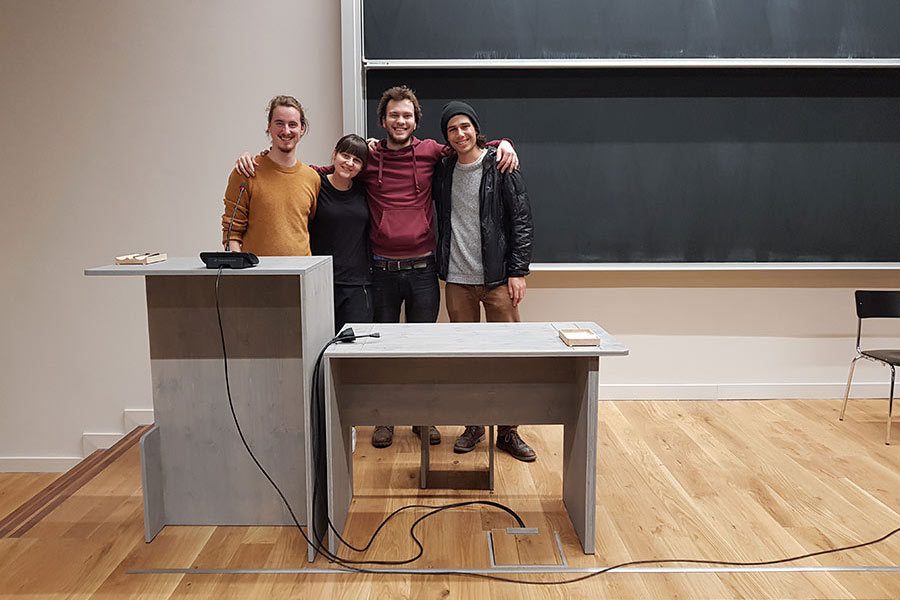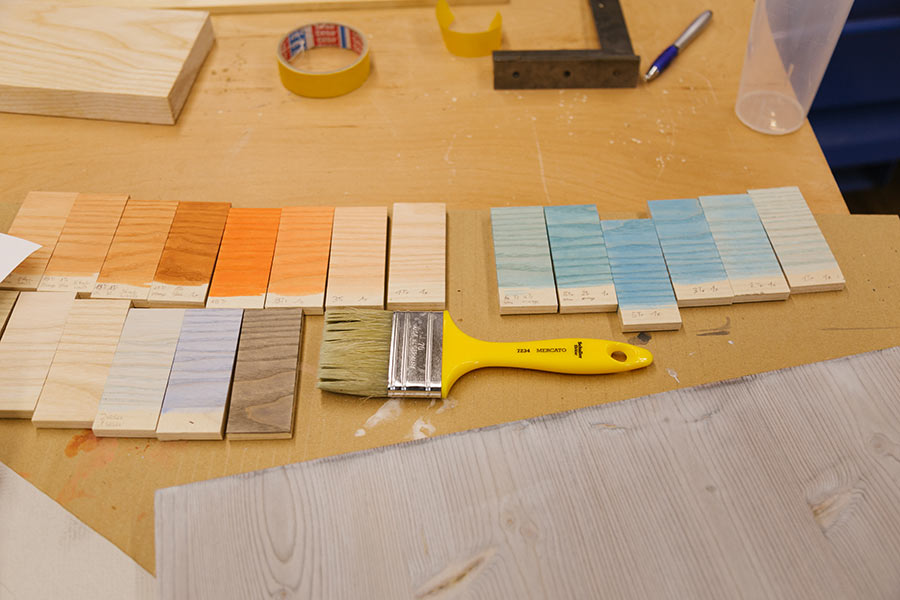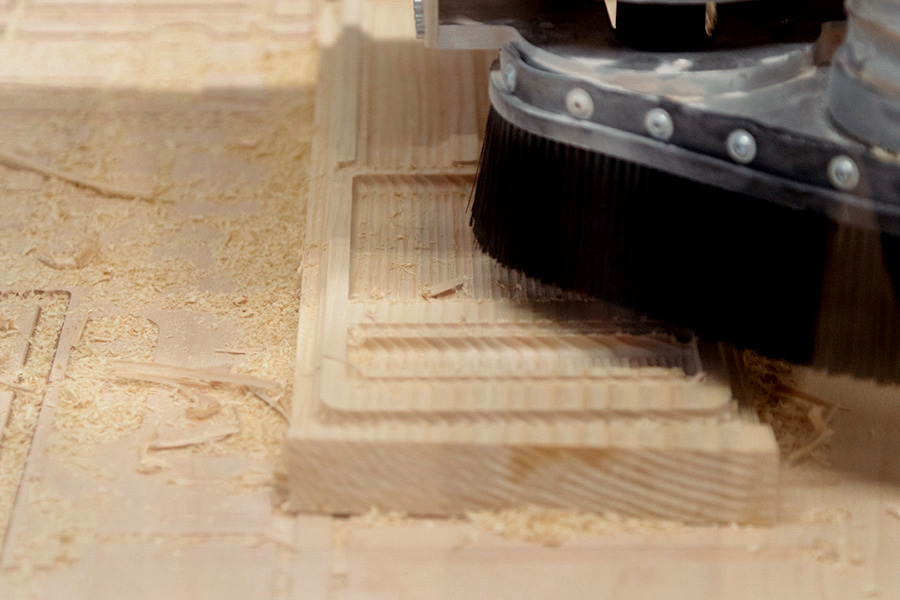Rahmenwerk
Figurative Canvas
Stele / LOTH 17

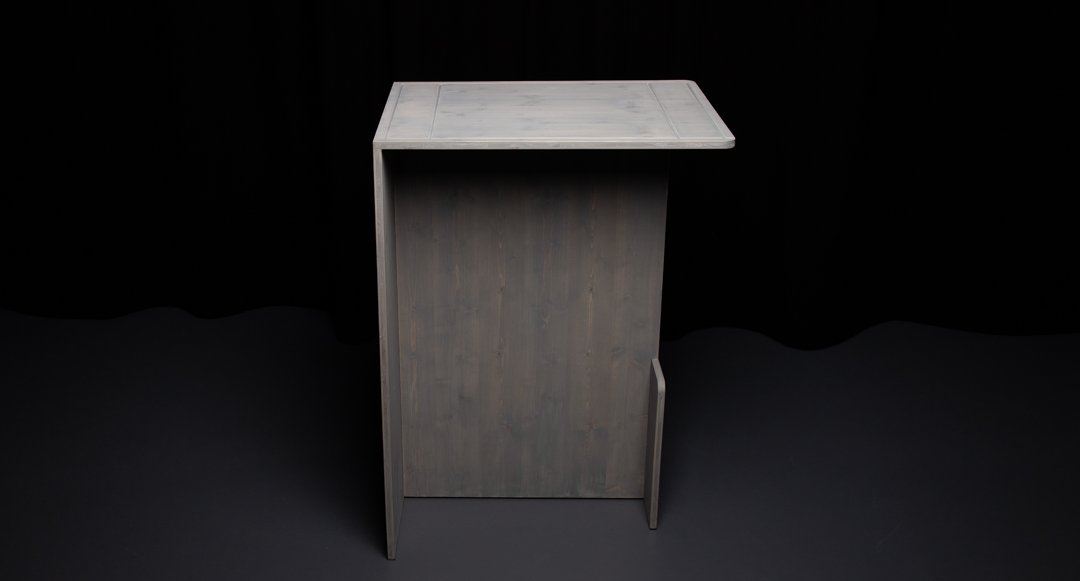
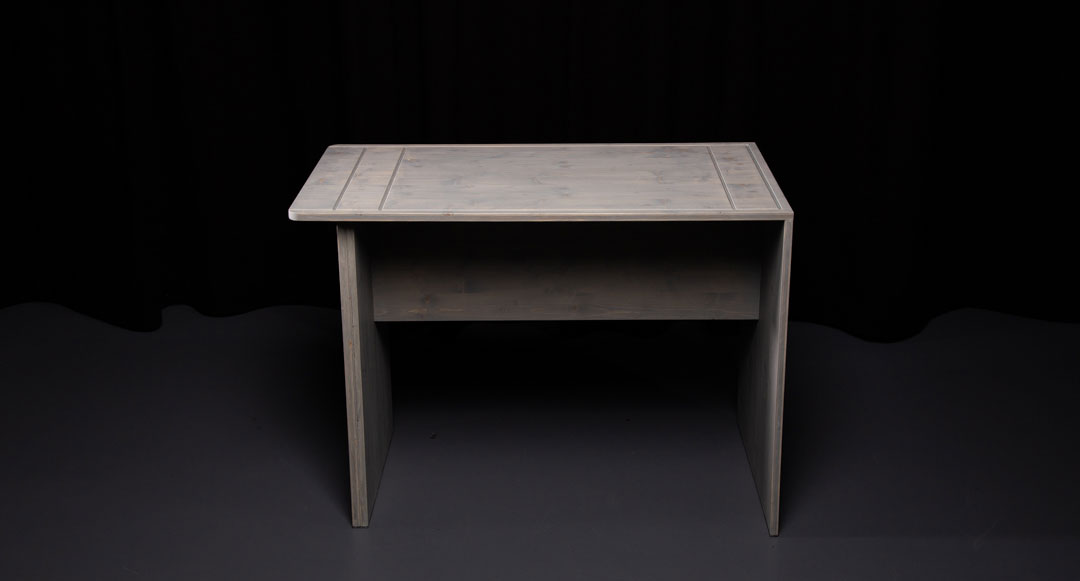



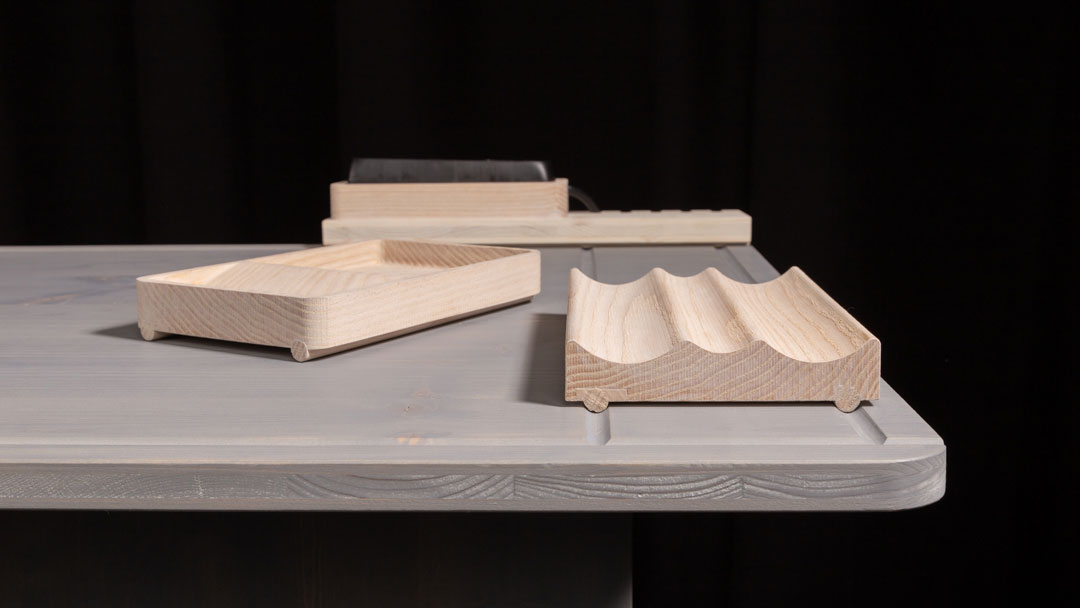
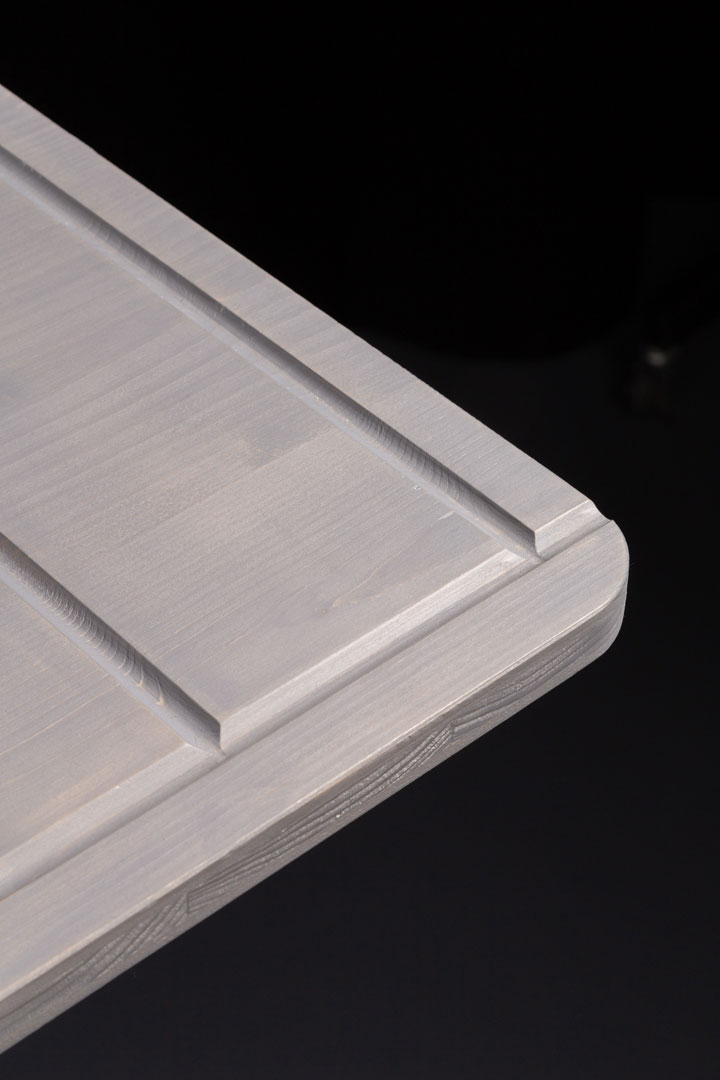

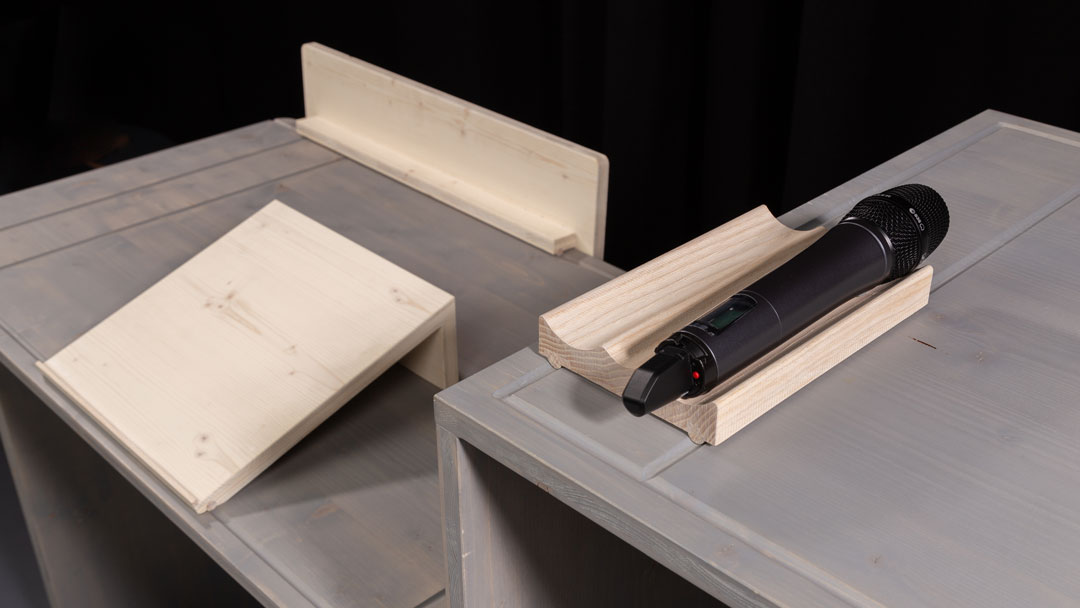
In February 2019 the Faculty of Design of the University of Applied Sciences in Munich opened its new venue at the historical Zeughaus at Lothstraße 17. Presentations, exchange, and communication play an essential role at the Faculty of Design. Therefore, we developed Rahmenwerk to satisfy the faculty’s presentation culture. The furniture system is a presentation-framework to enable and empower users during presentations.
Team: Alicia Rühr, Julian Kern, Severin Popp, Nicolas Prinz and myself
In the first semester in our new building, the project group „LOTH17 / Neue Möbel“ developed furniture concepts which reflect the faculty’s spirit. Based on Jan Gehl’s research methods in urban planning and architecture we came up with a methodological approach to analyze and evaluate behavior patterns in the new spacial circumstances. The following poster by Alicia Rühr gives an overview of our approach and findings. (click to open pdf in new tab)
The analysis of typical presentation situations at our faculty brought divergent demands on the presentation furniture to light.
-
The furniture divides itself into an undisturbed, "communicative" area and a personal space which provides a place of retreat and room for presentation preparations.
-
The conscious creation of open spaces and shielded areas lead to two autonomous zones - a speaker’s desk and a working table.
-
In order to lay the presenting person’s focus on the presentation itself, the working area is decoupled from storage areas. Corresponding add-ons are provided for microphones and cables. A functional pattern is the link between working area and add-ons. It visually and functionally structures the working area and acts as a connecting element for the add-ons.
Rahmenwerk offers great support for a successful presentation. The design communicates with its users via deliberately arranged planes. The speaker’s desk’s open side invites the presenting person onto the stage and leads into a protected space. The speaker’s desk as well as the working table play with open and closed zones. This enables the user to determine whether he or she wants to be shielded from the audience or wants to present with less spacial separation from the audience. The arrangement of working areas proposes a structure without patronizing the user. Add-ons like the microphone holder, the blind and wedge playfully move throughout the furniture system and can be placed individually.
Rahmenwerk flexibly responds to different styles of presentations. The furnishings serve frontal lectures as well as workshop situations. The speaker’s desk and the working table can be used in combination as well as separately. The longitudinal symmetry axis contrasts common presentation furniture and yet ensures the usability from both sides. The functional planes give the design its prototype-like character.
During the design process we came up with many iterations. To survey our concept for its practical use, the first prototypes were tested at various events at our faculty.
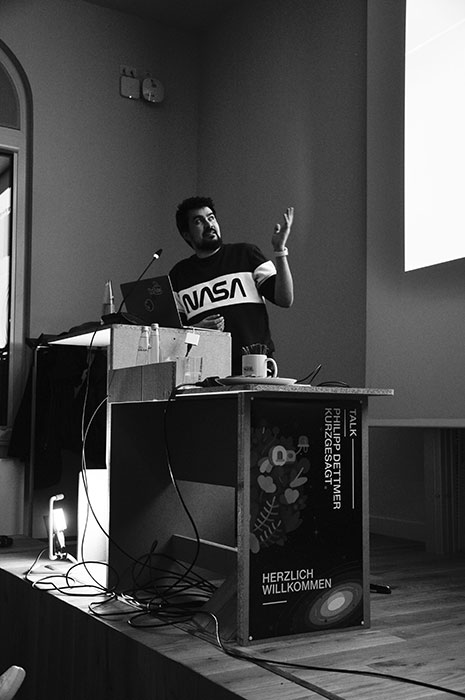
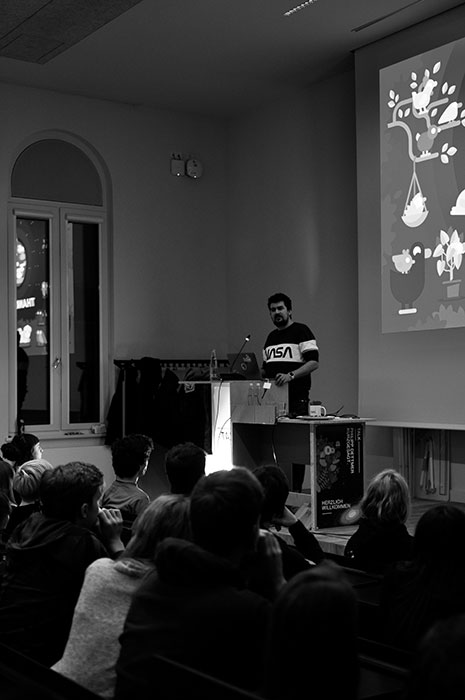
Philipp Dettmer, Kurzgesagt - in a Nutshell
The final design was inaugurated at the opening ceremony of the new building and received great attention from prominent speakers like the Bavarian Minister of State for Science and Arts Bernd Sibler.
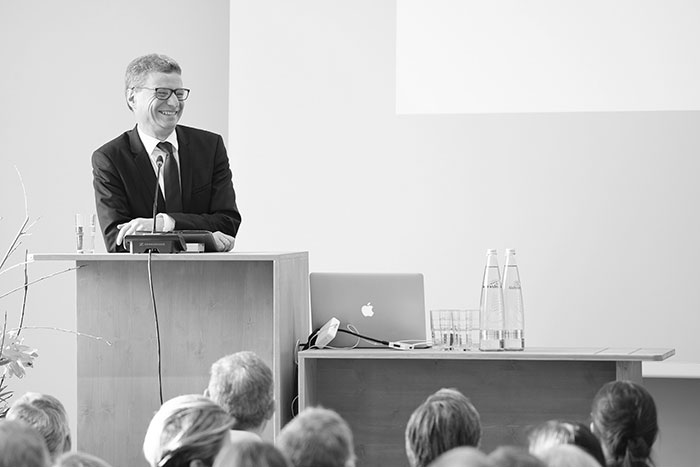
Photography by Lena Schmidbauer and Johanna Weber - Bavarian Minister of State for Science and Arts Bernd Sibler

Photography by Lena Schmidbauer and Johanna Weber - Hans Ziegler, Staab Architekten

Photography by Lena Schmidbauer and Johanna Weber - Prof. Ben Santo, dean of der the Faculty of Design of the University of Applied Sciences Munich


